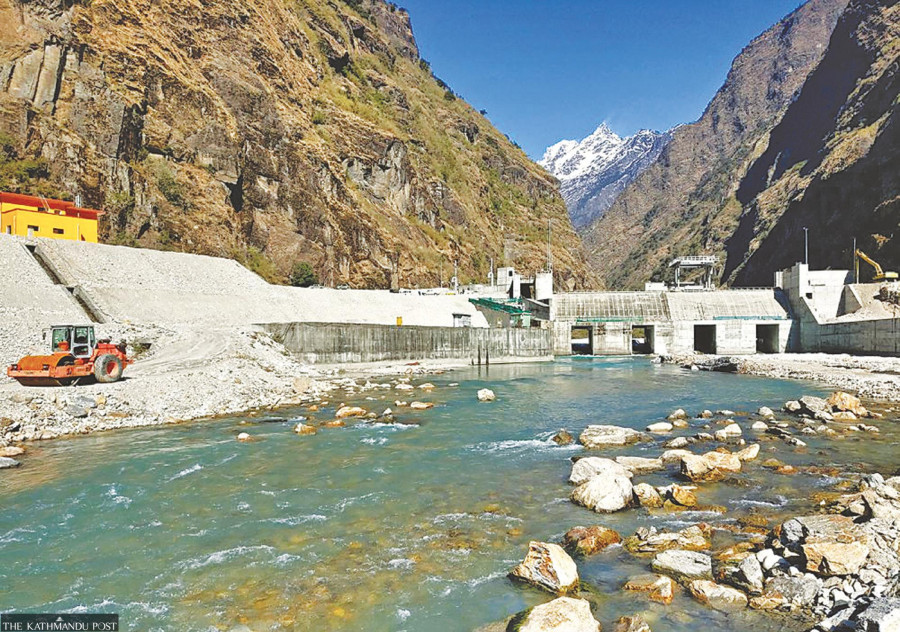
Amid reduced domestic demand and India not buying more electricity, the Nepal Electricity Authority saw massive spillage of power during the Dashain festival.
The authority said spillage reached as high as 800MW at times with domestic demand falling as low as 700MW against the peak demand of around 1700MW.
The total installed capacity of Nepal’s power projects exceeds 2,200MW and all of them were operating in their full capacity, aided by continued rainfall for days during the festival season.
As Indian authorities have allowed Nepal to sell only up to 364MW in their power trading market, the NEA had no way to sell the surplus energy.
“Around 40 million units of electricity went to waste in a week during Dashain,” said Kul Man Ghising, managing director of the NEA. “If we calculate the cost of spillage based on Rs5 per unit, we lost as much as Rs200 million in potential earnings in a week.”
According to the NEA, there has been a reduction in spillage as factories and businesses, major consumers of electricity, have resumed operations after the Dashain festival.
“The spillage still amounts to around 200MW in the day, which goes up to 500MW during the night,” Ghising told the Post.
The state-owned power utility had foreseen the potential spillage of energy during the festival time as it struggled to get timely approval from New Delhi for exporting more energy.
With hydropower projects operating in full capacity owing to continued monsoon rains, Nepal is currently producing more electricity than the domestic demand.
The NEA, however, is hopeful that the southern neighbour will soon give it approval to sell an additional 111.8 megawatts. “We are getting information from India that the approval process has reached the final stages,” said Ghising. The NEA sought approval from the Indian authorities to export an additional 212.7MW through competitive bidding.
In mid-August, the NEA had requested approval from India to sell 111.8MW generated from Mistrikhola, Likhu Khola-A, Solukhola and Chilime hydropower projects.
The NEA said in late September that it has also sought approval to sell an additional 100.9MW generated from Likhukhola, Kabeli B1, Maikhola, Hewa Khola A and Lower Modi hydropower projects.
The state-owned power utility has been selling 37.7MW from Trishuli and Devighat hydropower projects, 140MW from Kaligandaki, 68MW from Middle Marsyangdi, 67MW from Marsyangdi and 51MW from Likhu-4, which was developed by the private sector, according to the NEA.
The NEA earned as much as Rs7.19 billion by exporting electricity to India in the last four months—between early June and mid-September, according to the power utility.
Even though the country’s sole distributor had long been seeking India’s approval to sell the power generated by the 456MW Upper Tamakoshi Hydropower Project, Indian officials refused to give their nod citing the involvement of Chinese contractors in the project, which is currently Nepal’s largest.
India instead asked the NEA to propose other projects without Chinese components to sell electricity in the Indian market. So, it had submitted a list of new projects to export power to India.
“We expect to earn as much as Rs16 billion by selling electricity in the next fiscal year,” said Ghising.












